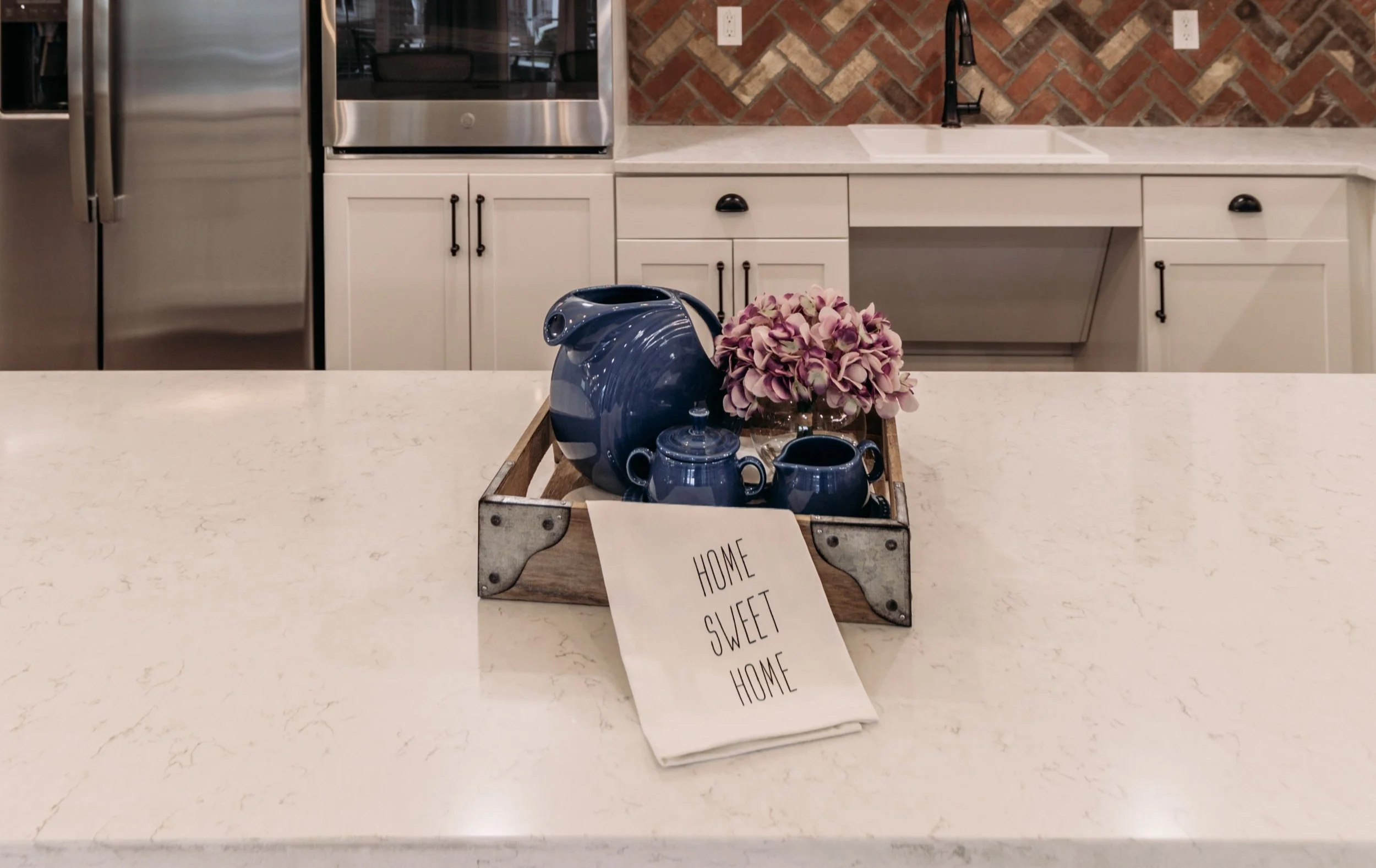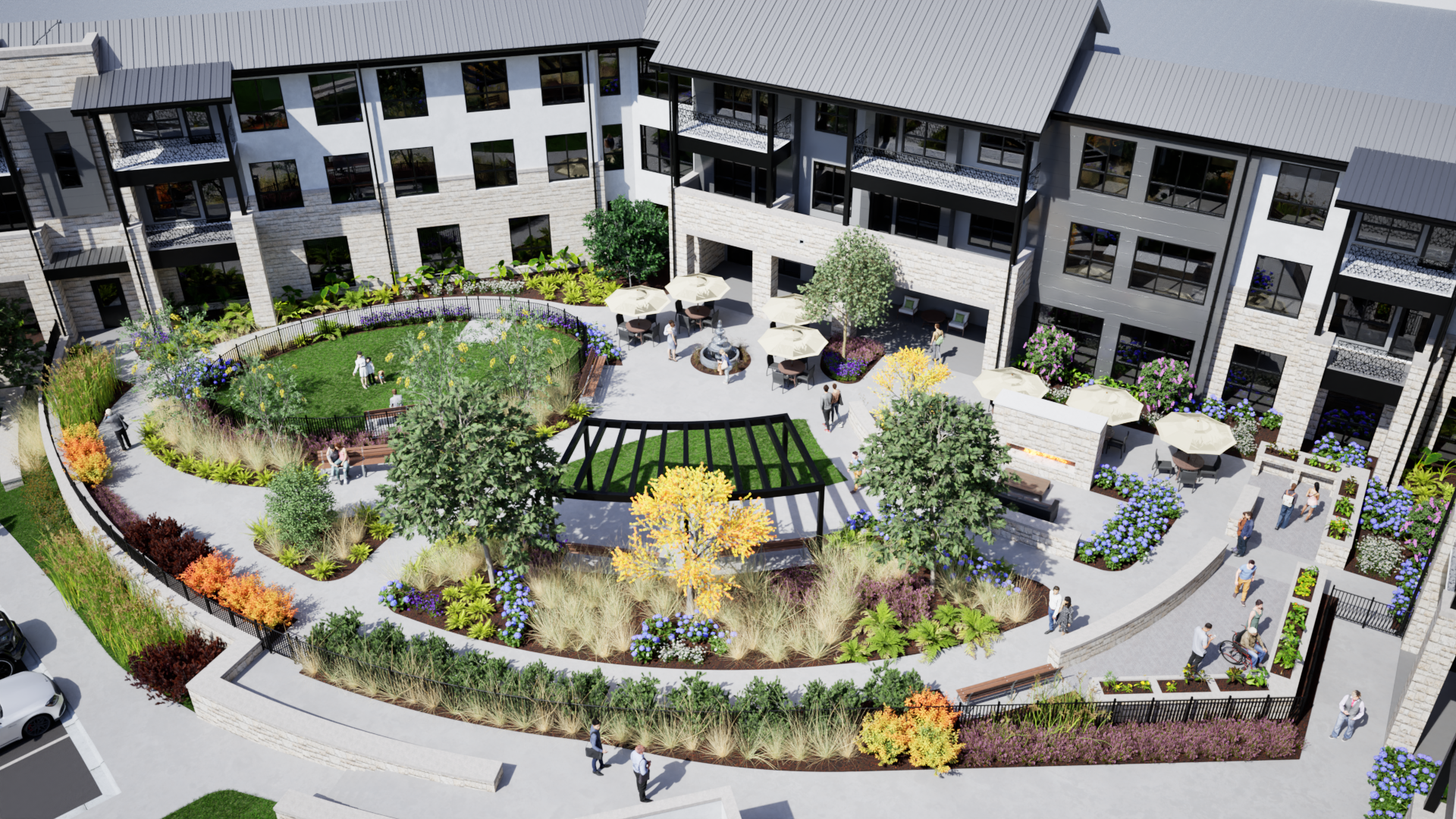The Power of Simplistic Design
“If you have built castles in the air, your work need not be lost; that is where they should be. Now put the foundations under them.” – Henry David Thoreau
The COVID pandemic has revealed much about how we live and what is important to bring quality to our days. One thing we’ve learned is that the simple things in life – like family, friends, pets, a walk in the park, beautiful music, a fragrant garden, and a good book – are most important. That is what National Simplicity Day on July 12 is all about.
National Simplicity Day honors transcendentalist Henry David Thoreau, whose book, Walden, is a reflection on simple living in natural surroundings. In recent years, minimalism has attracted more interest, and downsizing – shedding possessions that don’t have a purpose or bring ‘joy’ – is a popular trend. As a result, seniors have come to appreciate architectural simplicity in their living spaces.
Simplicity shouldn’t be confused with starkness. Instead, it is about beauty, purity, and clarity. Buildings are neat and practical; and they are integrated fluidly with their environment. They have clean lines and functional design elements; and residents can easily customize the space to meet their tastes and needs.
What are some of the elements of architectural simplicity?
First of all, it’s design that strives for the simplest options possible. This requires exploring multiple possible designs, then selecting the most concise one for the building’s purpose and function.
Next, it is efficient--if you don’t need it, don’t build it. Designing based on what you think will be desired or needed down the road is risky and can add to implementation costs with no guarantee of a return-on-investment down the line.
Architectural simplicity isn’t penny pinching but it is parsimonious. It doesn’t involve unnecessary expenses or resources. It doesn’t use more technology or time/money investments than needed to satisfy the building’s goals and purposes.
There are many advantages to simplistic design
Among them:
It’s easier to communicate. It can be documented with a smaller model and fewer drawings.
Simplicity enables shared understanding, which is critical for alignment across teams.
It’s easier to implement because it has fewer moving parts and fewer opportunities for glitches and failures.
It’s easier to deploy and operate. It is more reliable and easily monitored.
It doesn’t look dated over time and can be updated with fewer expensive cosmetic changes.
It is important not to confuse simple with easy. Identifying the simplest and best design option may take additional time and effort. However, done right, the results will delight and attract seniors and will live up to the joy, peace, and functionality of space that Thoreau envisioned. Pi can help you with this process. Please call us at (512)231-1910 and ask for Business Development.

















